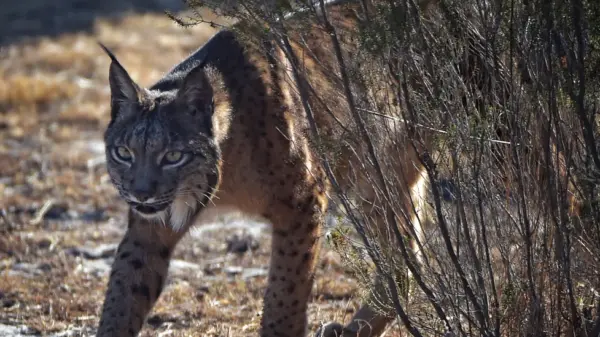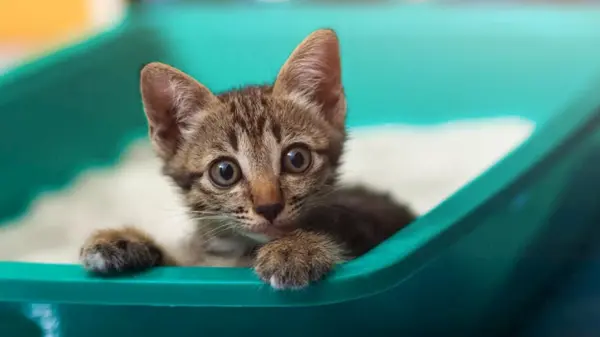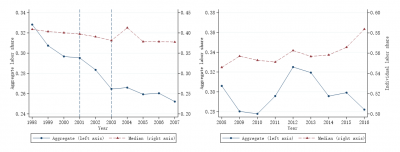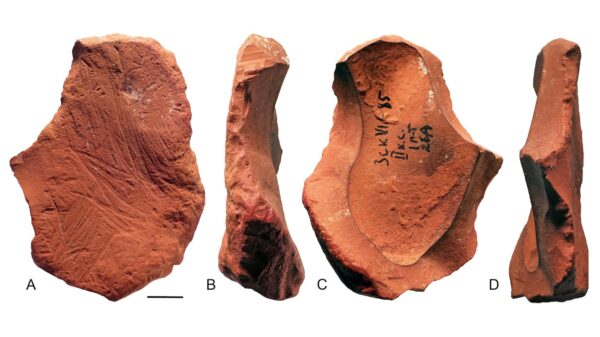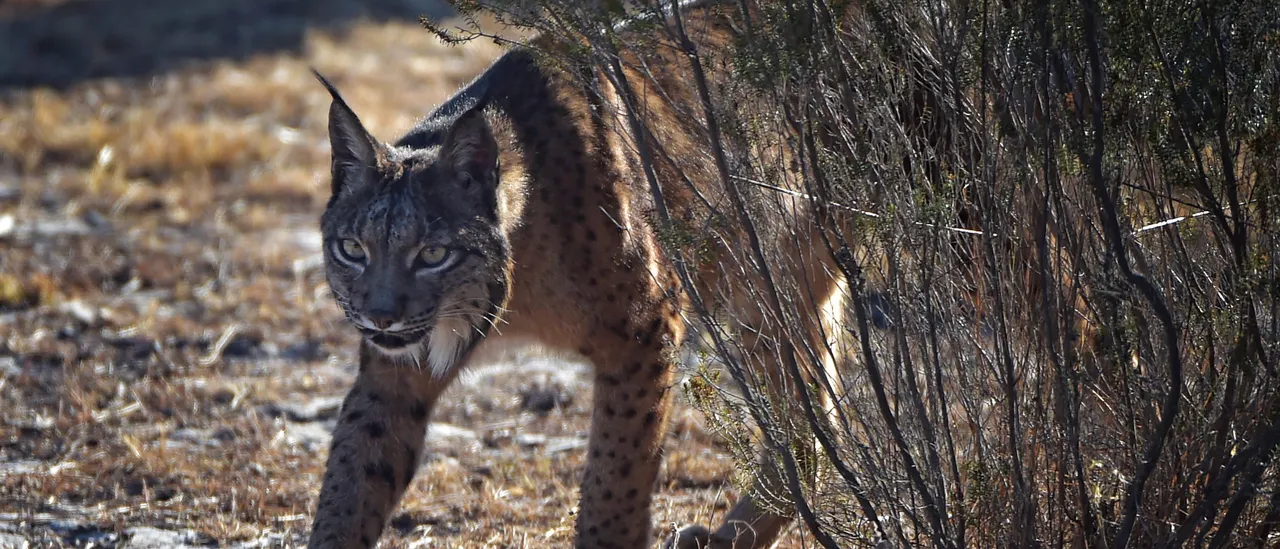A remarkable sighting has taken place in the mountains of Jaén, Spain, where a rare all-white Iberian lynx was documented for the first time. This event marks a significant milestone in the ongoing conservation efforts for the Iberian lynx, a species that faced near extinction just a few years ago. The footage capturing this unique wildcat was taken by wildlife photographer Angel Hidalgo, who described the experience as genuinely extraordinary.
The video reveals the lynx with a striking white coat, while still exhibiting the characteristic features of its species, including its distinctive face, sharp eyes, and dark ear tufts. Hidalgo expressed his excitement, stating, “I’ve been setting up cameras for years, with many failed attempts and long hours of work. But this time, nature gave me something truly unique,” according to NDTV. This sighting has ignited celebrations among conservationists and wildlife enthusiasts alike, highlighting the success of ongoing efforts to protect the Iberian lynx.
Understanding Leucism in the Iberian Lynx
Experts have confirmed that the lynx observed in Jaén exhibits a condition known as leucism, which results in a partial loss of pigmentation. Unlike albinism, which leads to a complete absence of color and affects other aspects of an animal’s physiology, leucism allows for normal pigmentation in the eyes and overall healthy development. This genetic variation contributes to the lynx’s striking appearance, making it even more remarkable in the context of an already rare species.
The Iberian lynx is recognized as one of the world’s most endangered feline species. Conservation efforts have been pivotal in increasing its population, which has grown from a mere few dozen individuals in the early 2000s to several hundred today. The sighting of this leucistic lynx serves as a reminder of the positive impact effective conservation strategies can have on wildlife.
Officials have chosen not to disclose the exact location of the lynx sighting to protect its habitat and ensure the safety of this rare animal. Such precautions are crucial as the Iberian lynx continues to recover from the brink of extinction. The importance of habitat preservation and protection from human interference cannot be overstated, as these factors play a vital role in the survival of this species.
As the world celebrates the sighting of this extraordinary lynx, it underscores the ongoing commitment to wildlife conservation and the need for continued efforts to protect not only the Iberian lynx but also other endangered species facing similar threats. The event serves as a testament to the power of nature and the resilience of wildlife when given the chance to thrive in a protected environment.








